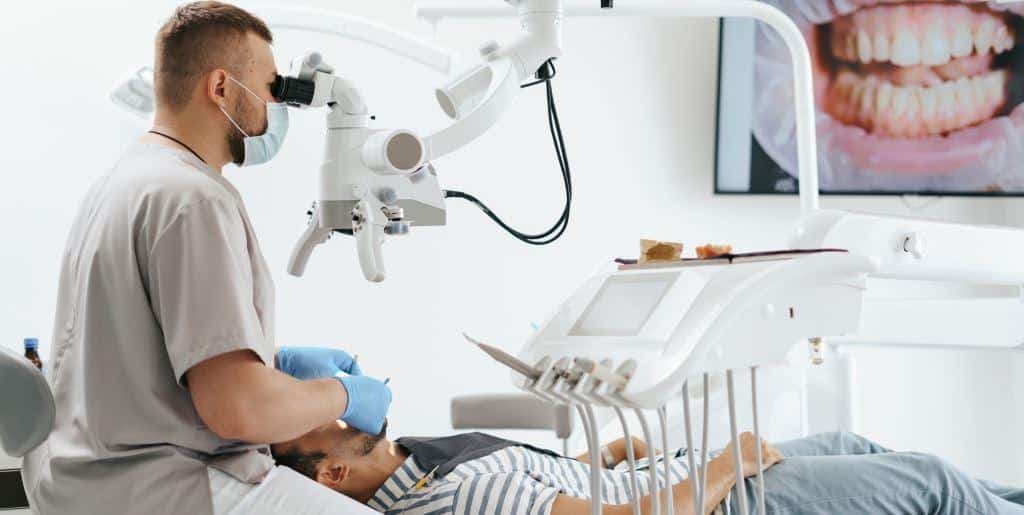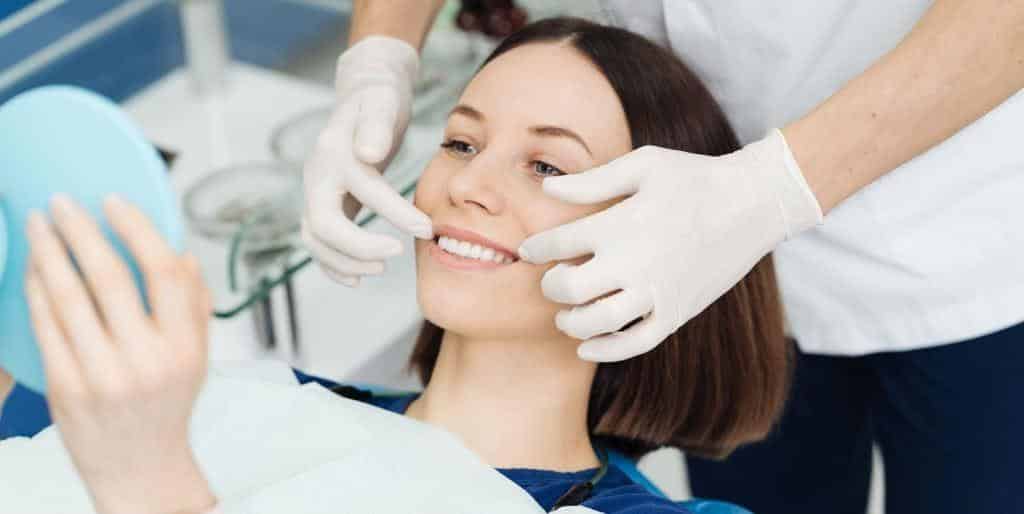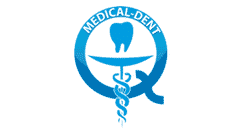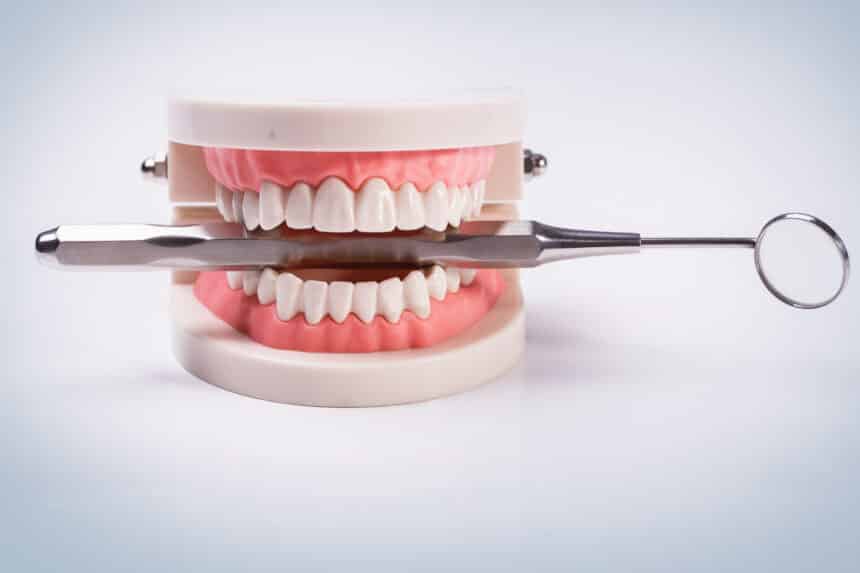If you have too many teeth in your dentition, then you are talking about hyperdontia. The normal number of teeth in an adult is 32. Each additional tooth requires consultation with a dentist as it can cause a number of complications.
Within this condition, there may be supernumerary teeth or extra teeth. The difference between the two is that supernumerary teeth are usually the unerupted ones. They are characterised by their abnormal structure. In contrast, extra teeth are correctly developed, only that there are more of them than there should be.
What is hyperdonia?
There are three types of this disorder. The first is true hyperdontia, also known as actual hyperdontia. It refers to a situation where more tooth buds appear.
The second type of condition is pseudohyperdonia (apparent). It occurs when a milk tooth has not fallen out, even though permanent teeth have already appeared.
The last type is the so-called third teething. This is a very rare situation where, after a permanent tooth has erupted, another tooth - previously retained - erupts in its place.
On the occasion of excessive unerupted teeth, we remind you of the following About the ailment of a retained tooth. If you experience jaw pain for an unknown reason and constant pressure on your teeth on a daily basis, read the article: Retained tooth - what exactly is it and does it always need to be removed. In approximately 75% cases, supernumerary teeth remain retained (do not break through the gingiva)

Who is most at risk of developing hyperdonia?
Hyperdontia can be associated with certain disease syndromes. Some congenital malformations also contribute to it. The likelihood of occurrence increases with the coexistence of clavicocranial dysplasia, Down syndrome, cleft lip and palate. It also occurs in those affected by Crouzon syndrome, Ehlers-Danios syndrome, Leopard syndrome, Gardner syndrome or oro-nasal-finger syndrome.
However, this does not mean that it does not happen in absolutely healthy individuals. Excessive dentition is a very common phenomenon - interestingly, it occurs more frequently in men.
What are the consequences of untreated hyperdonia?
First of all, not all hyperdontia requires action. Excess milk teeth are not harmful to the young patient, for the reason that in time the milk teeth will simply fall out. There is therefore no cause for concern. Nevertheless, it is worth checking the bite regularly with the dentist to ensure that the permanent teeth have the right conditions for healthy growth.
In the aforementioned pseudohyperdonia, the main risk of is that it may herald similar problems in the future.
The problem arises precisely when hyperdontia affects permanent teeth. If, as a result of a child's excess teeth, the remaining permanent teeth start to erupt incorrectly, this can have really dangerous consequences. This contributes to malocclusion, often very serious. What is more, crooked teeth break down more quickly. We encourage you to read the article on this subject: Malocclusion in adults - causes, consequences and treatment.
In addition, with hyperdontia there is a tendency to periodontal disease, jaw cysts, hypertrophy of the upper lip frenulum. It is also very likely that the position of the mandible will begin to be abnormal, and that the order of eruption will be disrupted.

What treatment to use?
While hyperdontia does not affect deciduous teeth only permanent teeth, orthodontic treatment is usually necessary, preceded by the extra teeth extraction. Extraction should also be carried out because of inadequate structure and because the extra teeth are not performing their function.
If you have observed any of the previously mentioned complications of untreated hyperdontia, this is an indication for surgery. We write about extraction very extensively on our blog: tooth extraction in the UK - when is it necessary and how much does it cost. Depending on the severity of the dental lesions, treatment may end with the procedure itself or may require subsequent long-term bite correction.
The treatment of hyperdontia usually does not recognise half-measures. The final decision on whether to remove a tooth is, of course, made by your orthodontist after a thorough assessment of your bite and dental conditions. Unfortunately, bite disorders are usually too severe and progressive for you to leave a supernumerary or extra tooth without dental intervention.
Find out more about what our clinic has to offer and make an appointment for a consultation with a specialist. Find out today what options you have to take care of your smile.

